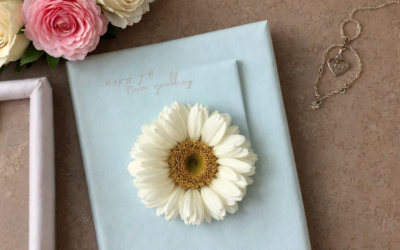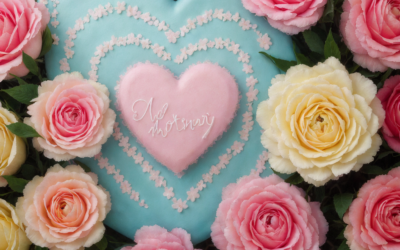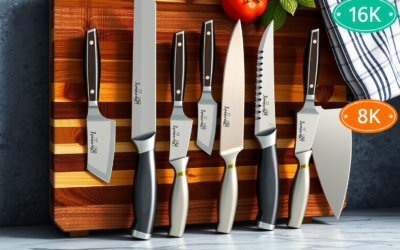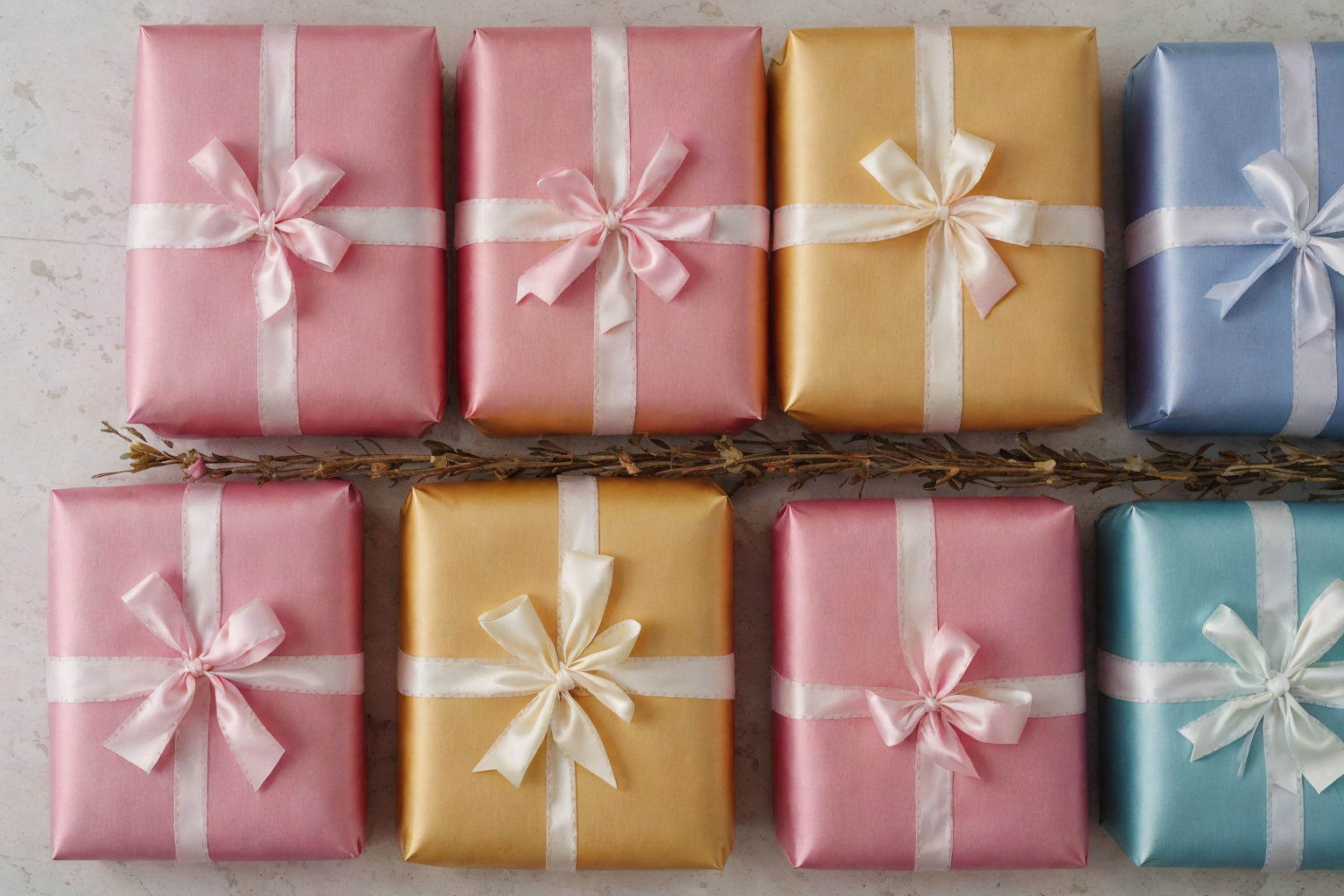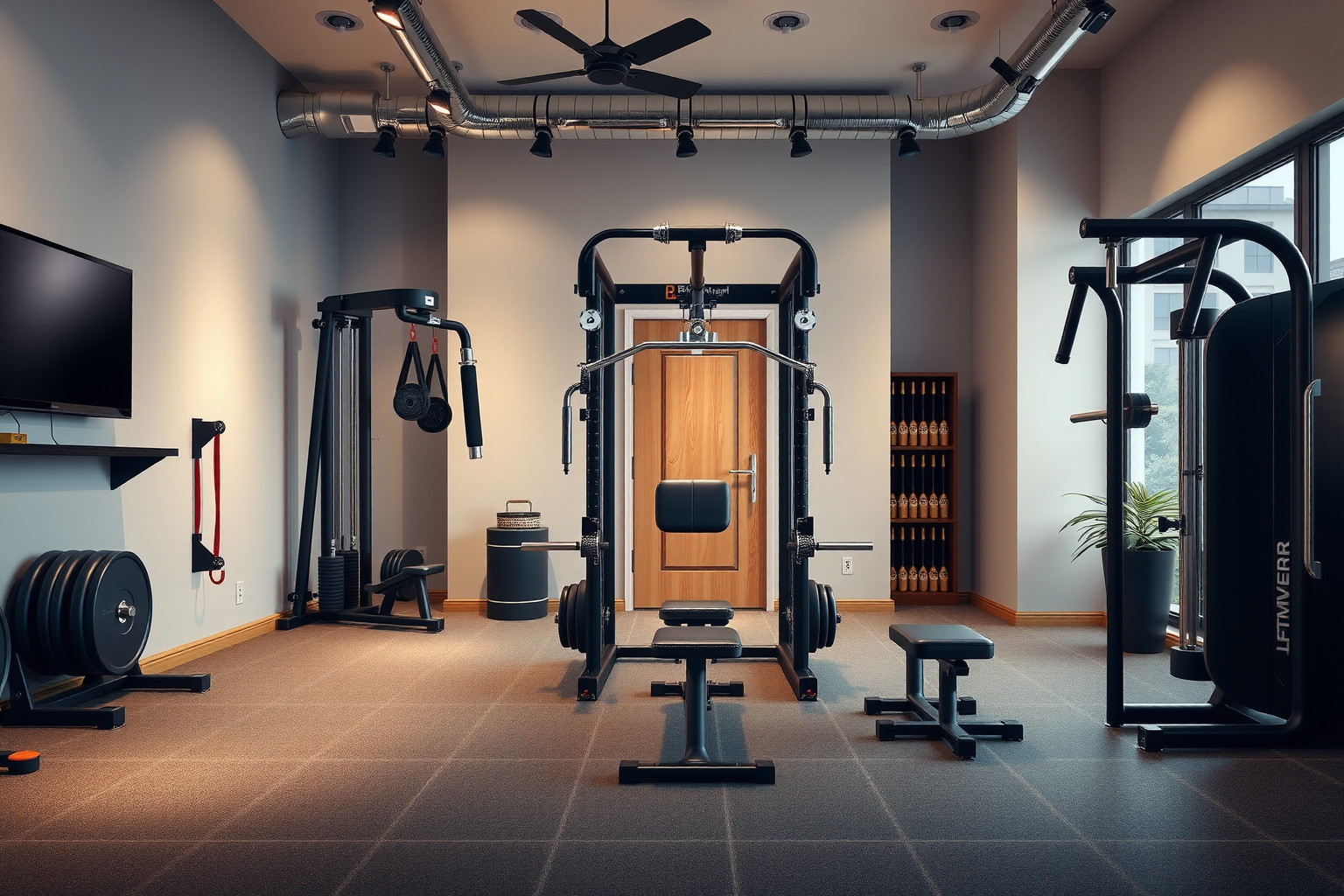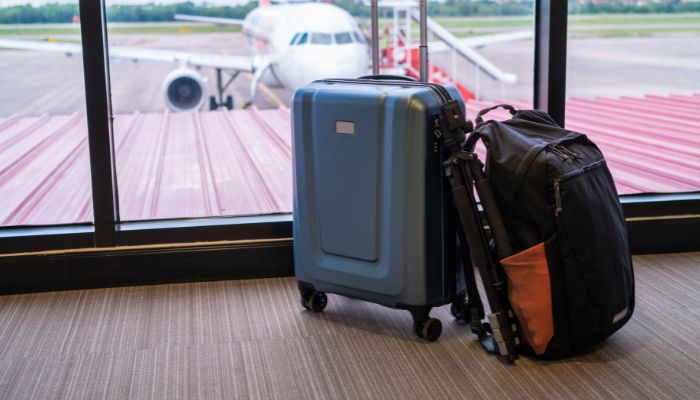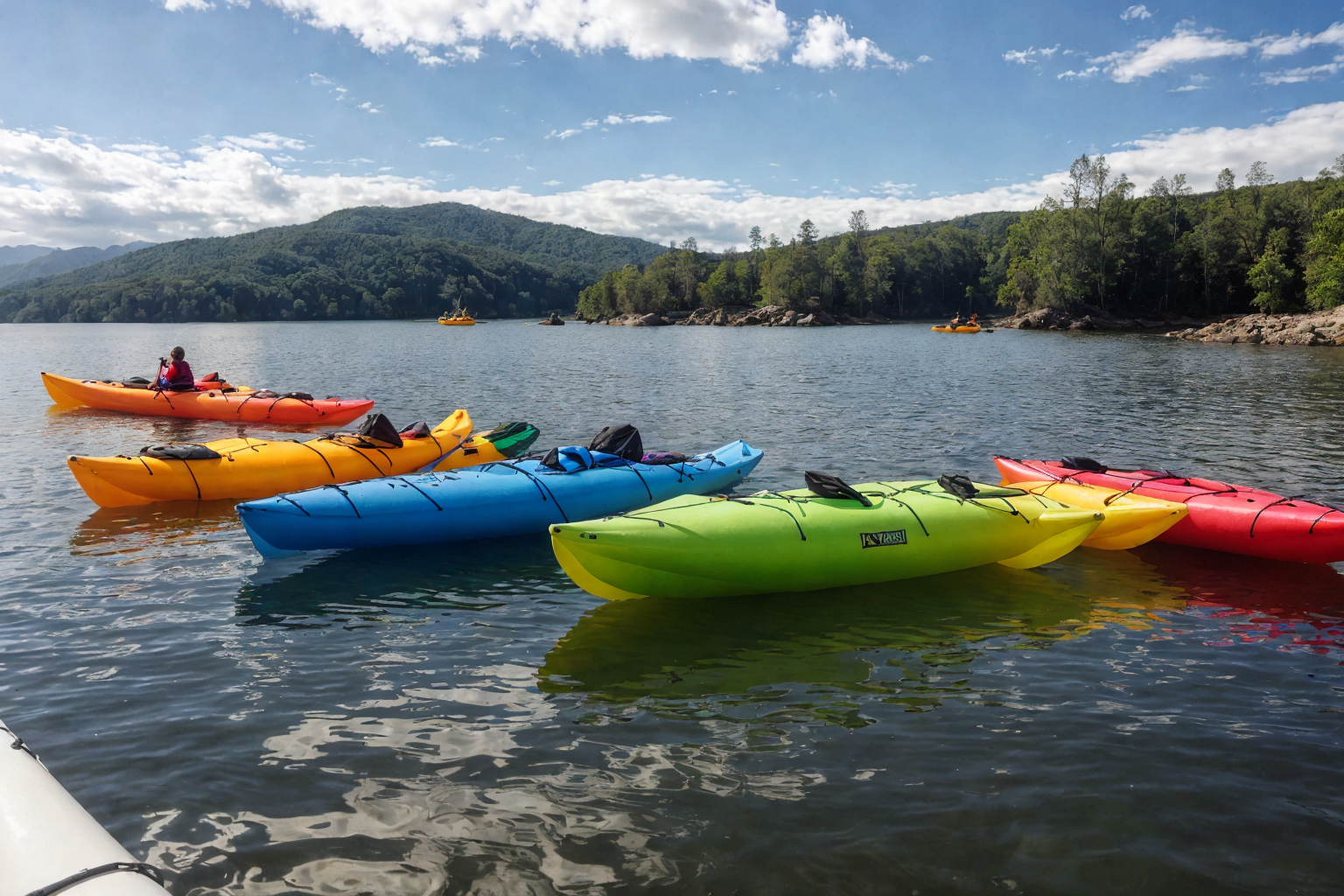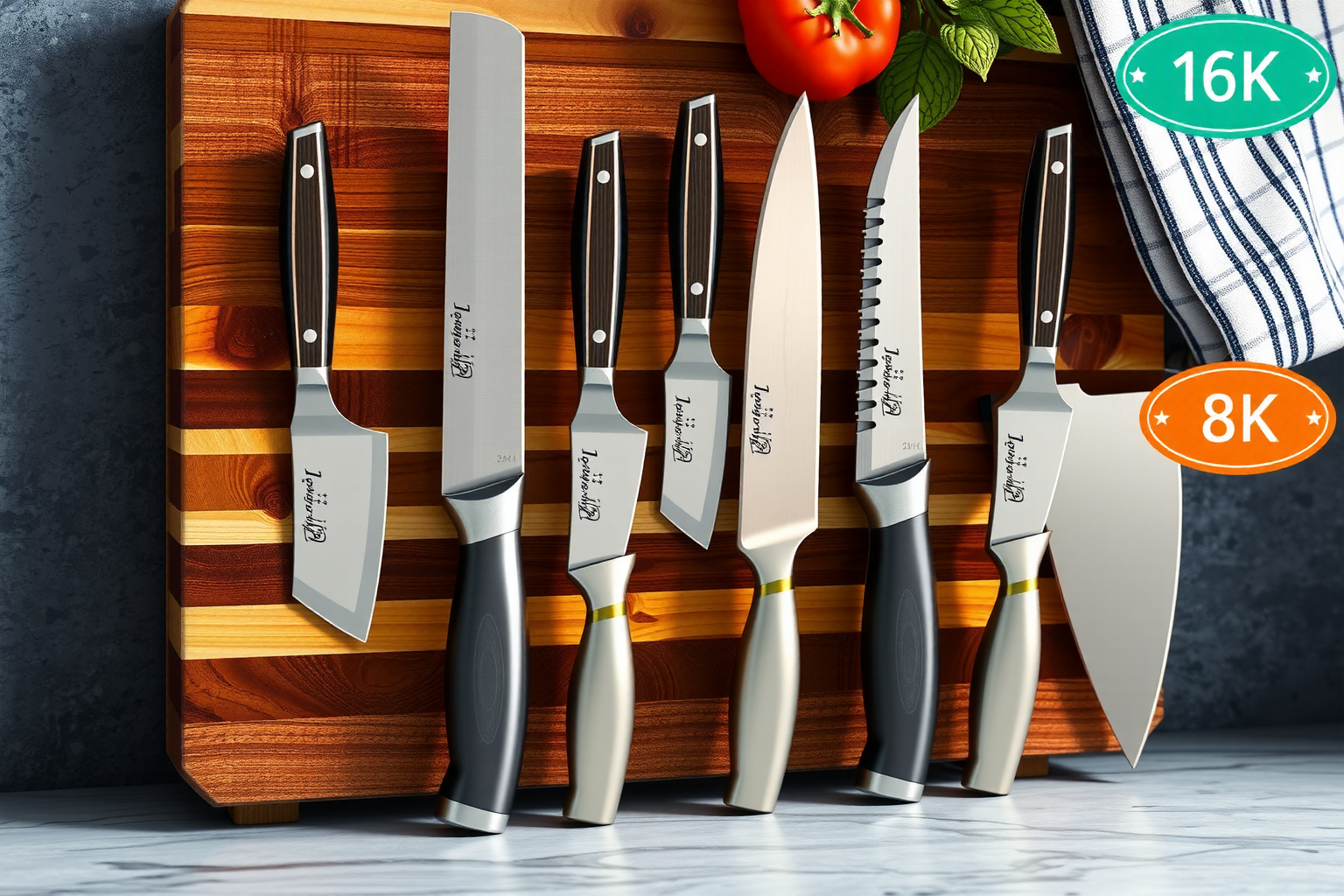Last winter, I stood shivering at a bus stop, my old acrylic beanie doing a terrible job of keeping the wind from gnawing at my ears. My breath puffed out in little clouds, and I caught sight of a woman across the street, rocking a sleek gray beanie that looked so plush I wanted to pet it.
She seemed unbothered by the cold, sipping her coffee like it was a sunny spring day. Later, I found out her secret: cashmere. That moment planted a seed—could a cashmere beanie really be that good? Was it worth the splurge?
I dove into the question with the zeal of a kid hunting for holiday presents, consulting experts, testing theories, and even roping my skeptical brother into the experiment.
Spoiler: it’s a wild ride of softness, warmth, and a few surprises. Ready to find out if a cashmere beanie deserves a spot in your winter lineup? Let’s unravel this luxe mystery together—and I’ve got some finds to make it real!
The Cashmere Craze: What’s the Big Deal?
Cashmere isn’t just wool—it’s the VIP of fibers, harvested from the soft undercoat of Cashmere goats in places like Mongolia and China. According to the Cashmere and Camel Hair Manufacturers Institute, it’s three times more insulating than sheep’s wool, yet so fine it feels like a whisper against your skin.
I learned this firsthand when I snagged a State Cashmere Cable Knit Cuffed Beanie to test the hype. Slipping it on felt like wrapping my head in a cloud—no itch, no weight, just pure cozy bliss.
Textile experts agree cashmere’s finest fibers, often 14-16 microns in diameter, outshine most wool, which hits 25-30 microns for medium grades like Shetland. That’s why it’s so soft and warm—those tiny fibers pack a punch.

But here’s the kicker: it’s rare. It takes four goats a year to produce enough for one sweater, per the Sustainable Fibre Alliance. So, a beanie? That’s a small, precious taste of luxury. Curious yet?
Let’s see if it’s worth your hard-earned cash.
The Warmth Factor: Does It Actually Work?
I’ll admit, I’m a cold-weather wimp. My brother, Jake, mocks me for bundling up like an arctic explorer just to grab the mail. So when I told him I’d shelled out for a cashmere beanie, he smirked and said, “Bet it’s no warmer than my $5 thrift store hat.” Challenge accepted.
We stood outside on a blustery 28°F day—me in my cashmere, him in his scratchy wool blend. Ten minutes in, I was toasty, sipping tea like a smug victor, while Jake was rubbing his ears and grumbling about frostbite.
Cashmere’s natural crimp—those tiny waves—traps heat like a champ, thanks to air pockets that insulate better than coarser wool. Plus, it’s breathable, wicking moisture so your scalp stays sweat-free.
Jake eventually caved and he bought a WaySoft 100% Cashmere Beanie, and had to accept the warm and soft that kept him from the cold.
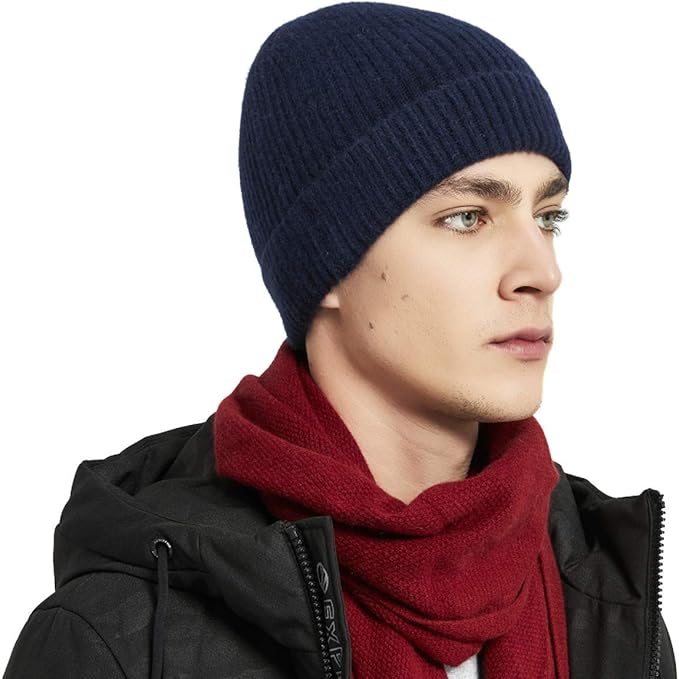
High-quality cashmere can be up to 8 times warmer than sheep’s wool despite its light weight.
Softness That Steals the Show
Let’s talk feel. My old beanies—cotton, acrylic, even merino—always left me scratching my forehead by day’s end. Cashmere? It’s like a hug from a kitten.
I wore that State Cashmere beanie for a full day binge-watching The Great British Bake Off, and not once did I yank it off in irritation. Fashion stylist swears by cashmere for sensitive skin: “It’s hypoallergenic and gentle—no redness, no itch.”
The secret’s in those fine fibers, tightly woven to avoid the prickly ends you get with coarser wool. I even lent it to my friend Lila, who’s got curly hair that hates hats. She texted me mid-day: “No frizz! I’m sold!” If you’re tired of hat hair or that woolly itch, cashmere might just be your winter soulmate. Tempted? Hang on—we’re diving deeper.
Durability: Will It Last or Leave You Hanging?
Here’s where I got nervous. Cashmere sounds delicate—like it might unravel if you sneeze too hard. I pictured it pilling after one wear, a sad lump in my drawer.
But experts say it’s tougher than it looks. “With proper care, quality cashmere can last decades,” Long fibers (think 36mm or more, per industry standards) woven tightly.
Cheap cashmere, with shorter fibers, pills fast—think $20 knockoffs. I tested this with my Cashmere Beanie, wearing it daily for a month. No pills, no stretching—just softness that held strong. Hand-washed with baby shampoo, laid flat to dry (per care guides from the Woolmark Company), and it’s still pristine. Durability’s a win—but it’s not cheap. Let’s talk cost.
The Price Tag: Sticker Shock or Smart Buy?
Cashmere’s not budget-friendly—full stop. My State Cashmere beanie ran me $49, which felt steep compared to Jake’s $5 find. High-end brands like Loro Piana can hit $200+, and even mid-range options hover around $50-$100.
Why so pricey? Rarity and labor. The Sustainable Fibre Alliance notes only 0.5 pounds of cashmere come from one goat annually, and it’s hand-combed, not sheared. Compare that to sheep’s wool—five pounds per shear—and you see the gap. But here’s the twist: cost-per-wear.
My $49 beanie’s been on my head 50+ times already—less than $1 a wear. Jake’s $5 hat? Trashed after five outings. Lin crunched the numbers: “A $50 cashmere beanie lasting five years beats a $10 acrylic one replaced yearly.” I added a Style Republic Cashmere Beanie to my Amazon cart for $39.90—and it’s holding up just as well. Worth it? Depends on your wallet and priorities.
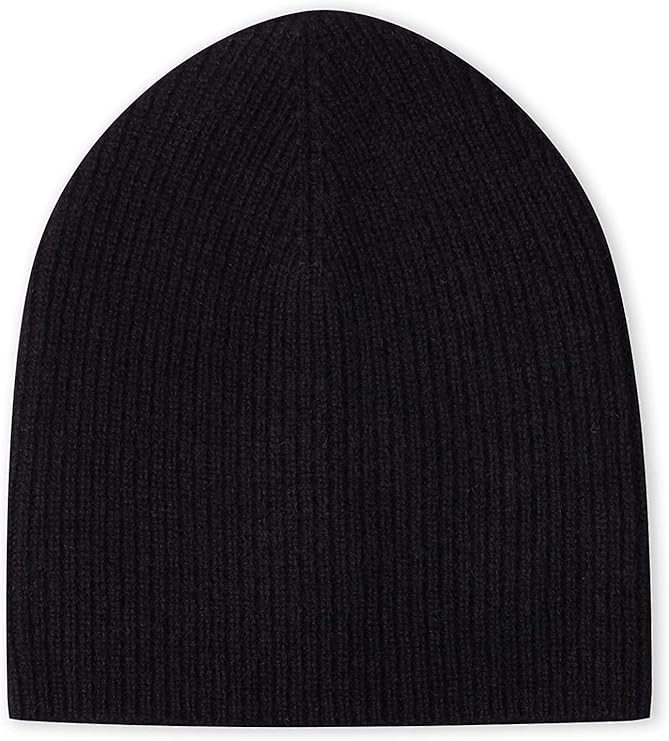
Ribbed beanie hat has a classic rib knit design. You can fold the bottom back for a cuffed look or wear it unfolded for a more slouchy look – you have the option to lengthen or shorten as desired.
PREMIUM QUALITY: Our cashmere is sourced from Inner Mongolia.
Style Points: Do You Look Like a Million Bucks?
Cashmere isn’t just practical—it’s a vibe. I wore my WaySoft beanie to a coffee shop, paired with a puffer jacket, and caught a stranger’s nod of approval. Torres calls it “quiet luxury”—simple, chic, timeless. It’s not loud like a pom-pom hat, but it elevates jeans or a coat effortlessly.
Lila rocked hers with a leather jacket and said, “I feel like Gigi Hadid.” Colors matter—black, gray, or camel (like my Quince pick) stay versatile, per Vogue’s winter guides. Jake, ever the contrarian, said, “It’s just a hat.” But after borrowing it for a date, he admitted, “Okay, I got compliments.” Style’s subjective, but cashmere’s got a knack for making you feel polished without trying. Ready to strut?
The Care Catch: High Maintenance or No Big Deal?
I’ll be honest—cashmere’s care routine intimidated me. Hand-washing? Flat drying? I’m a “throw it in the machine” gal. But it’s not as scary as it sounds.
I grabbed a Woolite Delicates Detergent for $10, filled a basin with cold water, and gave my beanie a five-minute soak. No rubbing, just a gentle swirl—done. Laid it on a towel, rolled it to dry, and it was back to perfect by morning. Lin says skipping the dryer’s key—heat shrinks those delicate fibers. Moths? A CedarFresh Cedar Blocks pack for $9 keeps them at bay in storage. It’s a little effort, but not a dealbreaker. Still with me?
Expert Takes: What the Pros Say
I chatted with Dr. Holloway and Sarah Lin—both cashmere nerds in the best way. Holloway’s take: “It’s an investment in comfort and sustainability. Fewer replacements mean less waste.” Lin added, “A good cashmere beanie’s like wine—it gets better with age if you treat it right.” Even Torres weighed in: “Clients notice the difference—cashmere says you value quality.”
Their consensus? If you’re after warmth, softness, and longevity—and can swing the upfront cost—it’s a yes. Jake’s still on the fence, but he’s eyeing my stash. Expert opinion’s clear—now it’s personal.
Real-Life Test: My Cashmere Chronicles
I didn’t stop at one. I snagged the Naadam Essential Cashmere Beanie for $75—sustainably sourced, insanely soft—and wore it on a snowy hike.
No sweat, no chill—just right. Lila borrowed it and refused to give it back until I bribed her with cookies. Then there’s the Quince one—my daily driver for errands.
After three months, no pilling, no fading. Jake finally caved, ordering the Pure Cashmere men’s version after his thrift hat disintegrated mid-blizzard. “Fine, you win,” he texted, mid-putting. Real life says it’s worth it—if you’re ready to commit.
The Verdict: Splurge or Skip?
So, is it worth buying a cashmere beanie? Here’s my take, backed by experts and my own frozen-ear saga. If you crave next-level warmth without bulk, softness that pampers, and a style boost that lasts years—yes, it’s a slam dunk.
That $40-$75 range gets you quality—like the State or Quince options—without breaking the bank. If you’re a “replace it yearly” type or balk at hand-washing, maybe stick to wool. For me, it’s a game-changer—I’m already plotting a second color.
What about you? Drop a comment—tell me your winter hat woes or if cashmere’s calling your name. Save this post for your next cozy splurge, and snag these gems while they’re hot. Winter’s coming again—why not face it in style?



